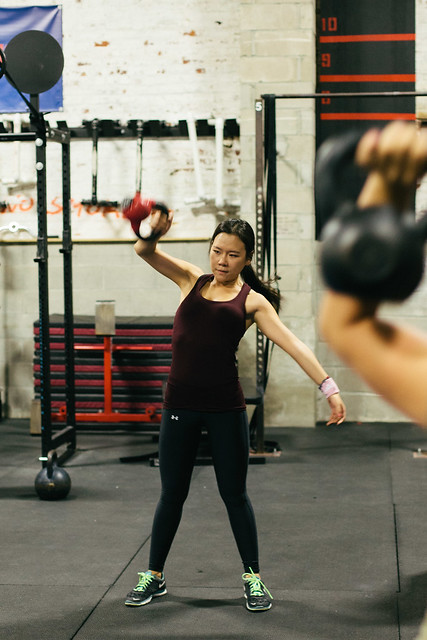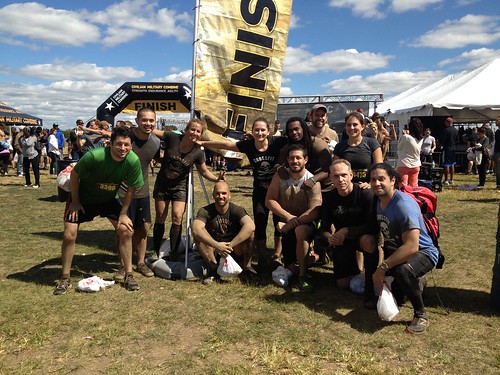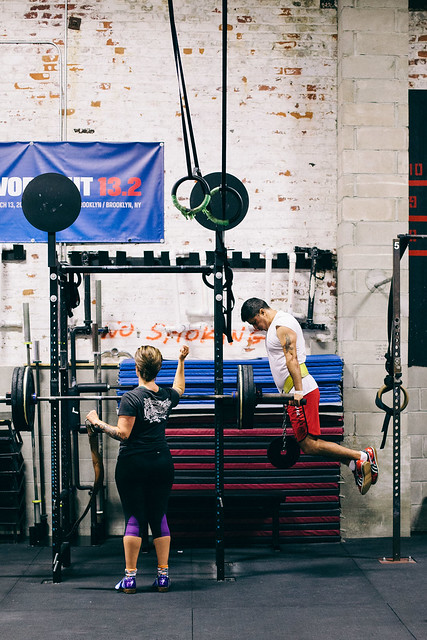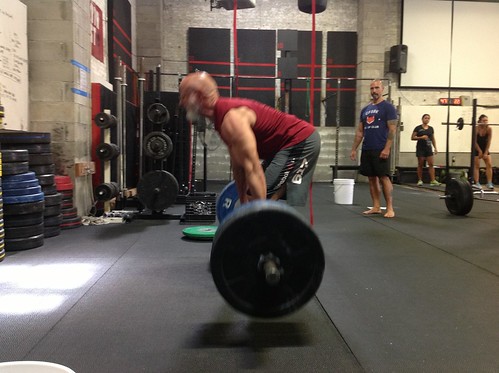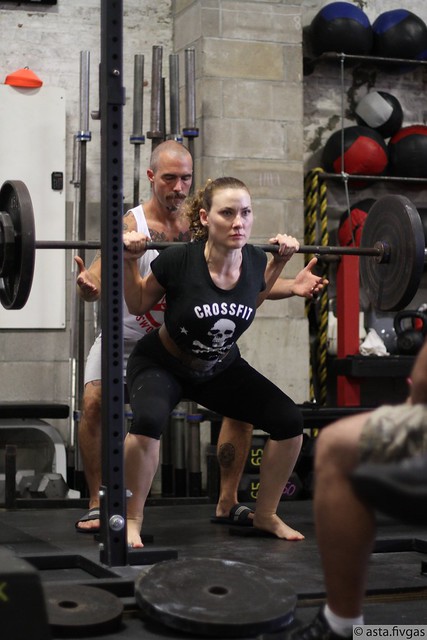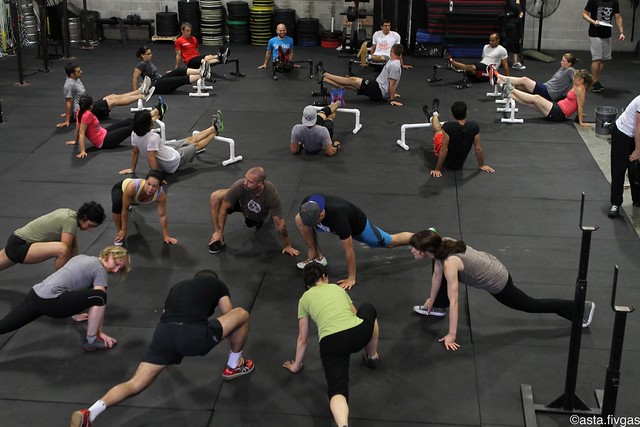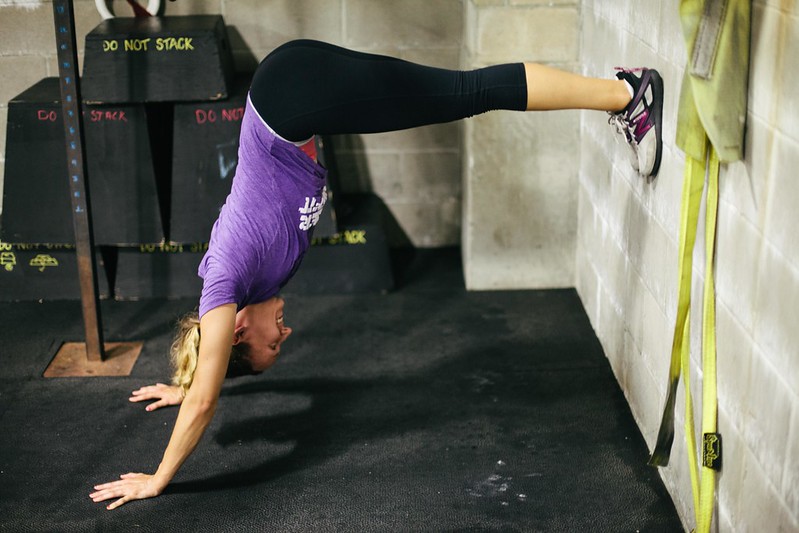Fitness: Hang Power Snatch Pull + Overhead Squat
Performance: Snatch + Overhead Squat
Take 15 minutes to work up to a moderately heavy load on today’s complexes. Emphasize control and stability on the overhead squat.
__________________________
High Bar Back Squat
Fitness: 3×8 Across
Add 2.5-5lbs from exposure 4.
Performance Establish a 3RM
Use Spotters. Next week is heavy singles.
Post loads to comments.
Snatch/HBBSQ e5/6
__________________________
For Time:
Run 1 lap around the block
100 Sit-Ups
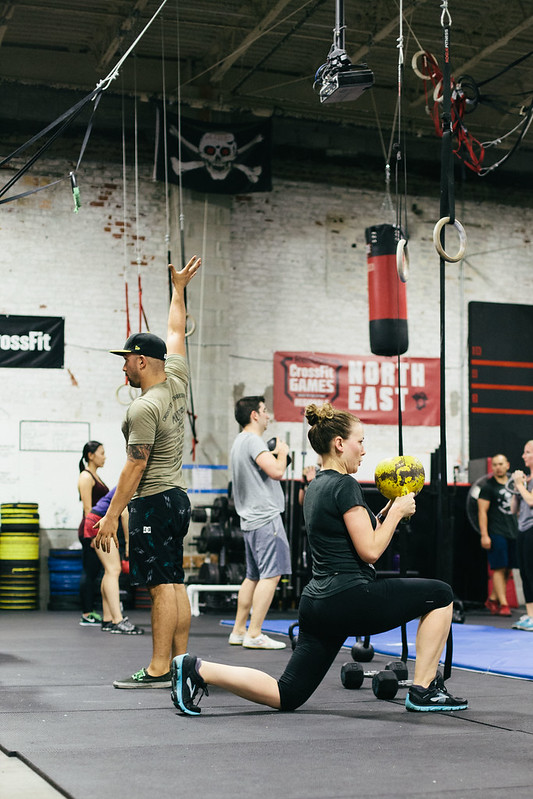
Coach Noah showing off that precious hand of his again.
- The next CFSBK Movie night will be on Friday, 9/27 after open gym. By popular Strength Cycle request we will be screening “Conan The Barbarian”. All are welcome to come! Free beer.
Fight Gone Bad Teams Announced!
If you signed up for FGB then you should have received your team roster, contact information and instructions in an email last night. Now it’s time to select a team captain, get organized and get fundraising! As we did last year, the event will benefit The Brooklyn Community Foundation which helps non-profits right here in Brooklyn do amazing things. Fight Gone Bad is CFSBK’s largest annual event and a great way to give back to the community that has given us so much. As an incentive for motivated fund raisers, the first three teams to raise $500 will have their event shirts paid for by the gym.
Get stoked!
Competitors (still) Wanted!
From October 4th to 6th CrossFit Relentless will be putting on their annual “Beast Of The East” Competition in South Windsor, CT. CFSBK has registered two teams and would love to send 6 men and 6 women out to compete and represent the gym! The gym will sponsor athlete’s registration fees, however travel (expect car pools) and accommodations will be paid individually. If you’re interested in competing, please email David(at)CrossFitSouthbrooklyn.com with “BOTE” as the subject. If we have more people interested than there are slots available for (6 men and 6 women total) then we’ll host some in gym try outs to make the team. Interested athletes are expected to be able to accomplish most if not all our in house WODS as Rx’d since there is no scaling allowed at the event.
____________________
The Ripple Effect CrossFit
